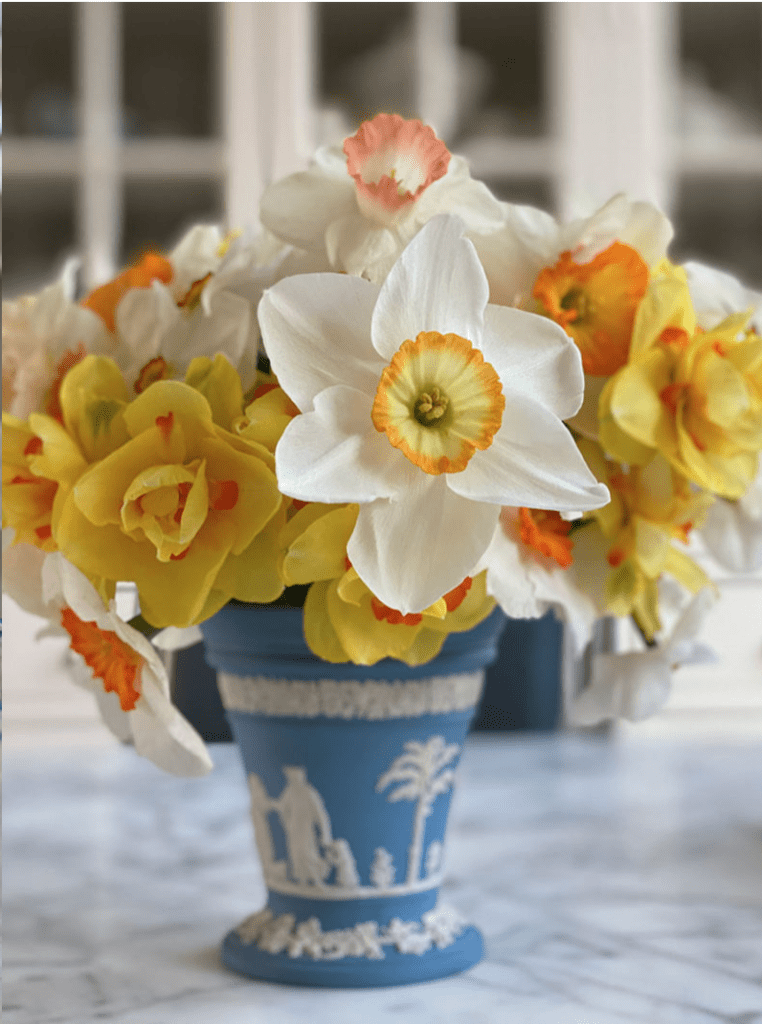Daffodils In Cold Climate Create Potential Heart Medication
By Jill Brooke

In the language of flowers, daffodils represent rebirth and renewal. This is turning out to be prophetic because daffodils are now a source for heart medication.
Although now is the time to be planting those bulbs, many are also being used for medicinal purposes. And a new research project in Scotland has discovered that natural compounds found in the stem, leaves and petals can be a viable treatment for heart disorders. It’s because on the higher colder ground, these daffodils produce compounds called alkaloids. Normally toxic, when purified, it can be used for heart disease treatments.
Turns out that one-third – yes one-third – of UK’s daffodils are grown just for their bulbs’ alkaloid galanthamine inside. It was being used for treating Alzheimer’s disease but now researchers have found this heart treatment too.
The researchers at Robert Gordon University say the daffodil “unlocks a range of opportunities.” This includes impacting conditions like fibrosis – which leads to heart failure. Another option is reducing the thickening of the heart’s lining.
Liz Fletcher, director of business engagement at IBioIC, added: “While using natural compounds for medicinal purposes can offer a huge economic potential for farmers in rural communities, it is also a great example of how naturally occurring products can feed into major industries and have a positive impact on people’s lives.”
So if you have any heartbreak this week, consider looking at the daffodil and marvel at its beauty, its message, and its recuperative powers. Furthermore, there is such a bounty of daffodils to plant that include all colors and sizes within the narcissus family. This proves that variety is what creates not only beauty but durability and possibility.

Jill Brooke is a former CNN correspondent, Post columnist and editor-in-chief of Avenue and Travel Savvy magazine. She is an author and the editorial director of FPD, floral editor for Aspire Design and Home magazine and contributor to Florists Review magazine.
Photo Credit: Carolyne Roehm, Pixabay
